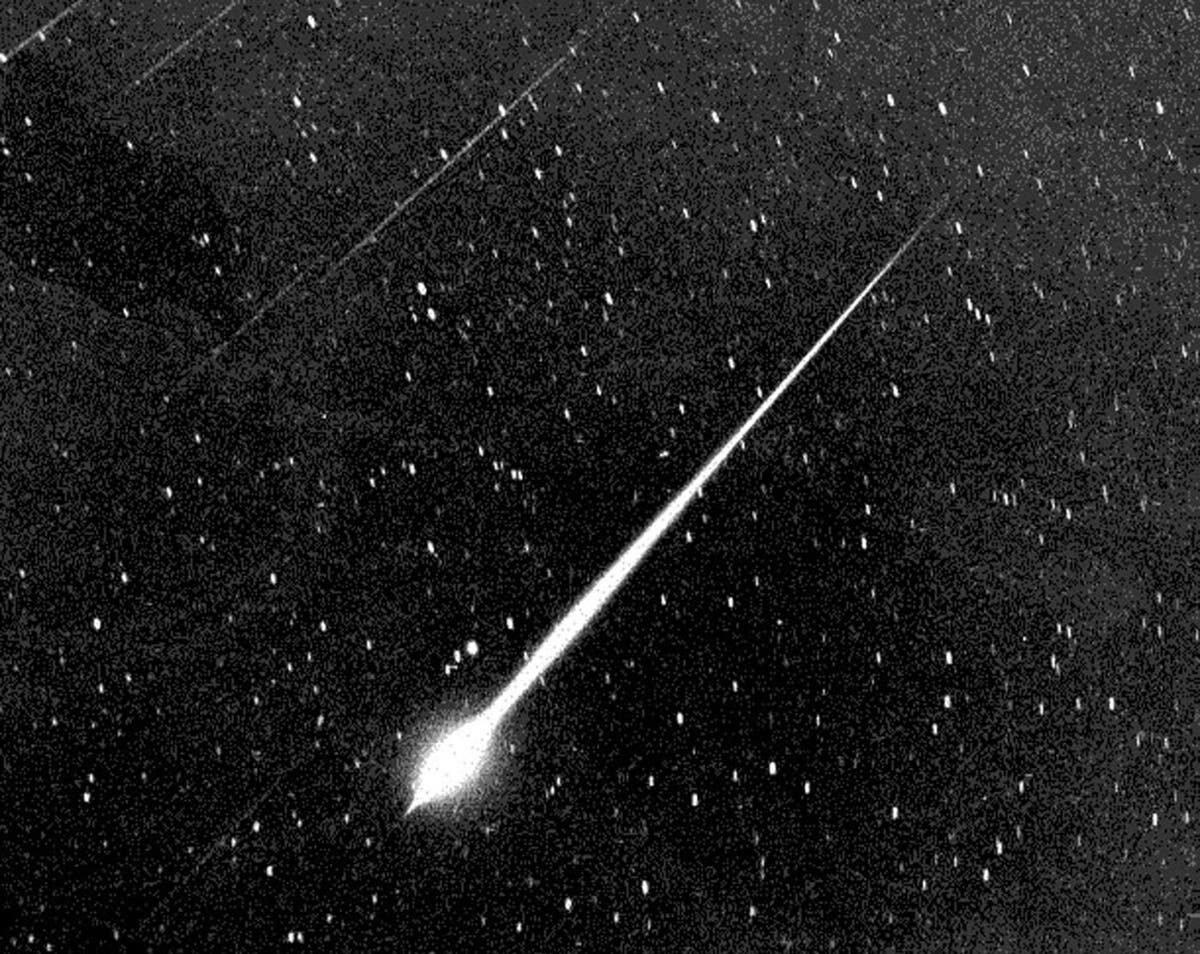
"Fireball season has arrived," says Bush. "I have caught many with my meteor camera system including this Taurid fireball above the clouds on Oct. 27th and another good one on Oct. 28th"
We're about to see a lot more of these. Forecasters believe that a swarm of Taurid meteoroids is approaching Earth, and it could double the usual rate of fireballs--not only on Halloween, but also through the early weeks of November.
Taurid meteors are thought to be debris from a giant comet that broke apart in the inner Solar System 10 to 20 thousand years ago. The breakup produced a mixture of dust and larger bodies that are still present today. Comet 2P/Encke itself may be just one of the fragments.
Over the years, Jupiter's gravity has shepherded some of these meteoroids into a well-defined cloud--the "Taurid Swarm." It visits Earth every 3 or 7 years. Previous encounters with the Swarm in 2005 and 2015 produced showers of fireballs observed around the world. The last outburst was 7 years ago, which means 2022 should be a Swarm year, too.
A total lunar eclipse on Nov. 8th will provide dark skies for sighting Taurid fireballs and possible lunar impacts: visibility map.
In 1975 the Swarm contacted the Moon, making Apollo seismic sensors ring with evidence of objects hitting the lunar surface. If there's a repeat strike this year, Nov. 8th might be a good time to look for it. The Moon's surface will be darkened by Earth's shadow during a total lunar eclipse, improving the visibility of any exploding lunar meteors.
Although the Taurid shower typically peaks on Nov. 5th, it is a broad maximum, weeks long. Any of the nights ahead could produce a Taurid display. Look up during the hours around midnight; you can expect to see a few fireballs per hour streaking from the horns of Taurus--and many more if the Swarm arrives.




Comment: See also: